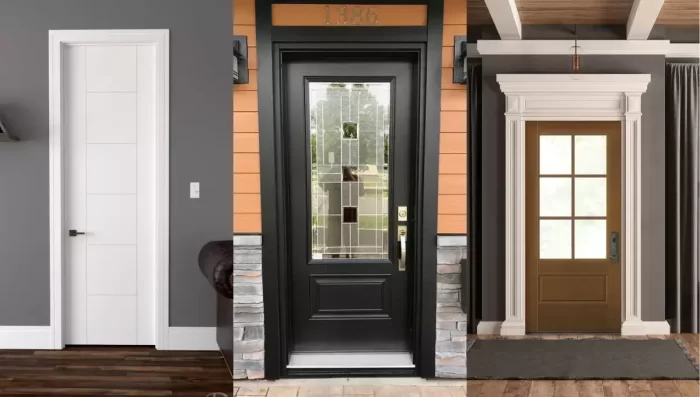Styles of door casing can instantly refresh your home’s look! Door casing is the trim around a door, blending the wall and door seamlessly while adding style.
From classic to modern, options like ornate molding or sleek contemporary trim suit any taste. Whether you love detailed designs or minimalist vibes, the right door casing can turn any doorway into a statement piece. Let’s explore popular styles to find your perfect match!
Also, Read: What Is The Best Wood To Build A House?
different styles of door casing
1. Farmhouse-style door casing with shiplap or beadboard accents
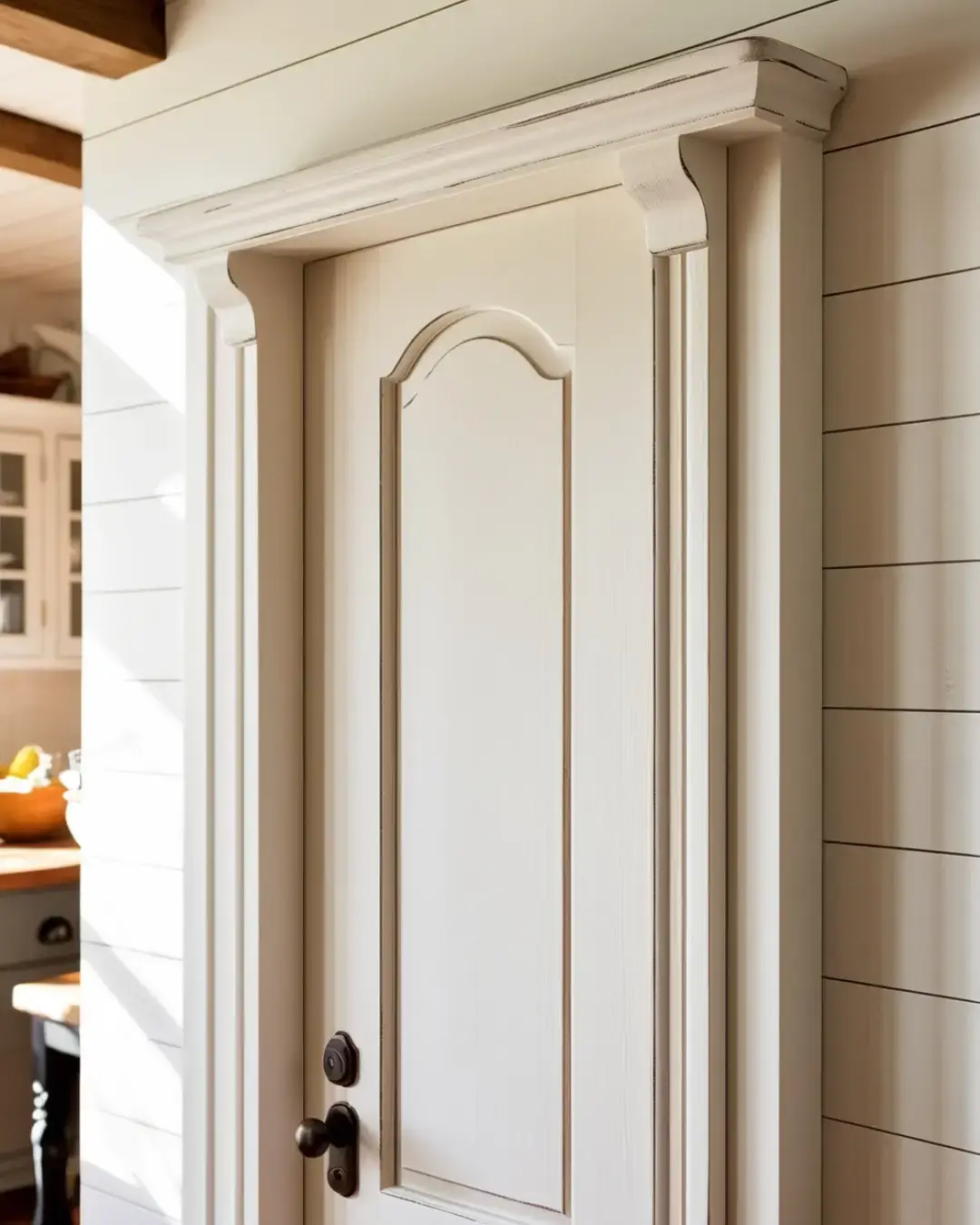
Wide, often painted white with a slightly rough look. Matches cozy kitchens with checkered curtains. Feels like grandma’s warm, welcoming house!
Also Read: Accent Door Designs Are 2026’s Hottest Home Trend
2. Art Deco style door casing

Glamorous 1920s-1930s trim with bold shapes, zigzags, and shiny metals. Think “Great Gatsby” doors—fancy, geometric, and full of energy!
Perfect for jazzy homes, theaters, or anyone who loves vintage luxury. If your door could wear a tuxedo or sequins, this is the style!
3. Rustic-style door casing
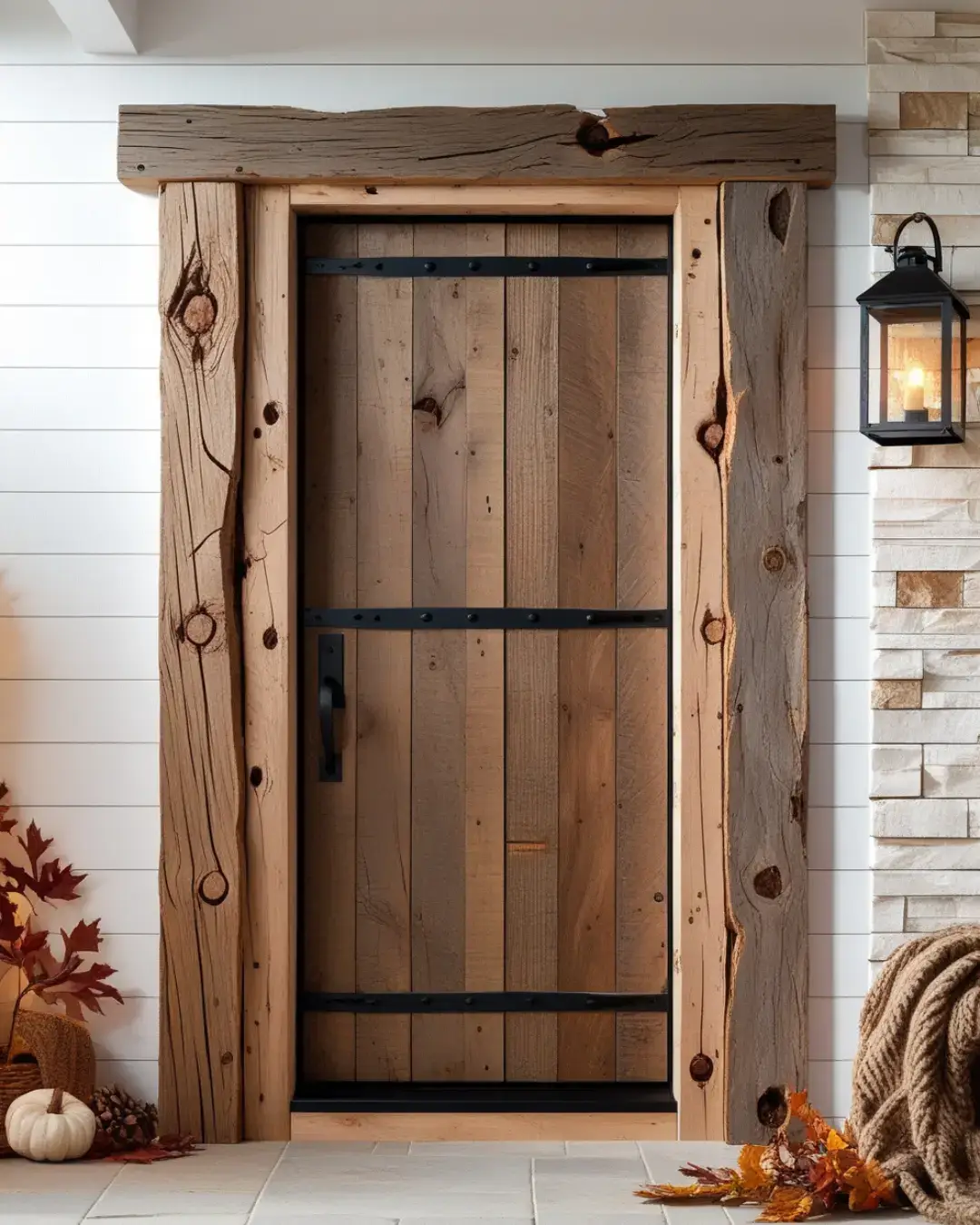
Rustic door casing is all about natural, rugged charm! Made from rough wood, reclaimed barn beams, or distressed planks, it looks cozy and lived-in.
Think log cabins, farmhouses, or mountain lodges—where knots, cracks, and saw marks are part of the beauty. It’s perfect for folks who love a “messy-but-warm” vibe, like a flannel shirt for your door!
Also Read: 19 Decorative Door Trim Ideas You Can’t Miss!
4. Colonial-style door casing with dentil molding

This simple, clean trim looks like old-fashioned doors from history books. It has straight lines and fits perfectly in traditional homes. No fancy designs—just nice and neat!
5. Victorian-style door casing
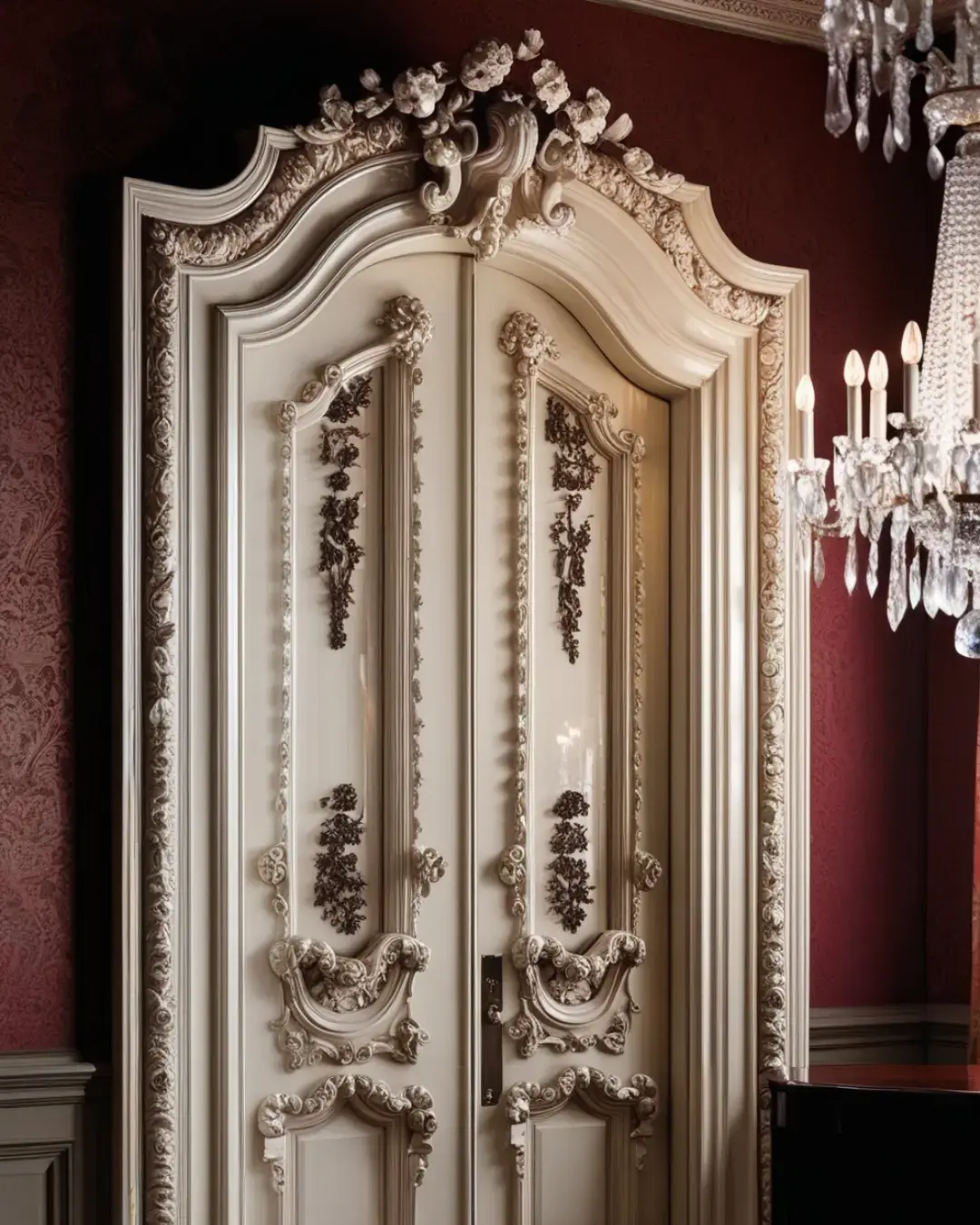
Fancy swirls and carvings make doors look royal. If your door wore a crown, this would be it! Best for big, elegant homes.
6. Craftsman-style door casing
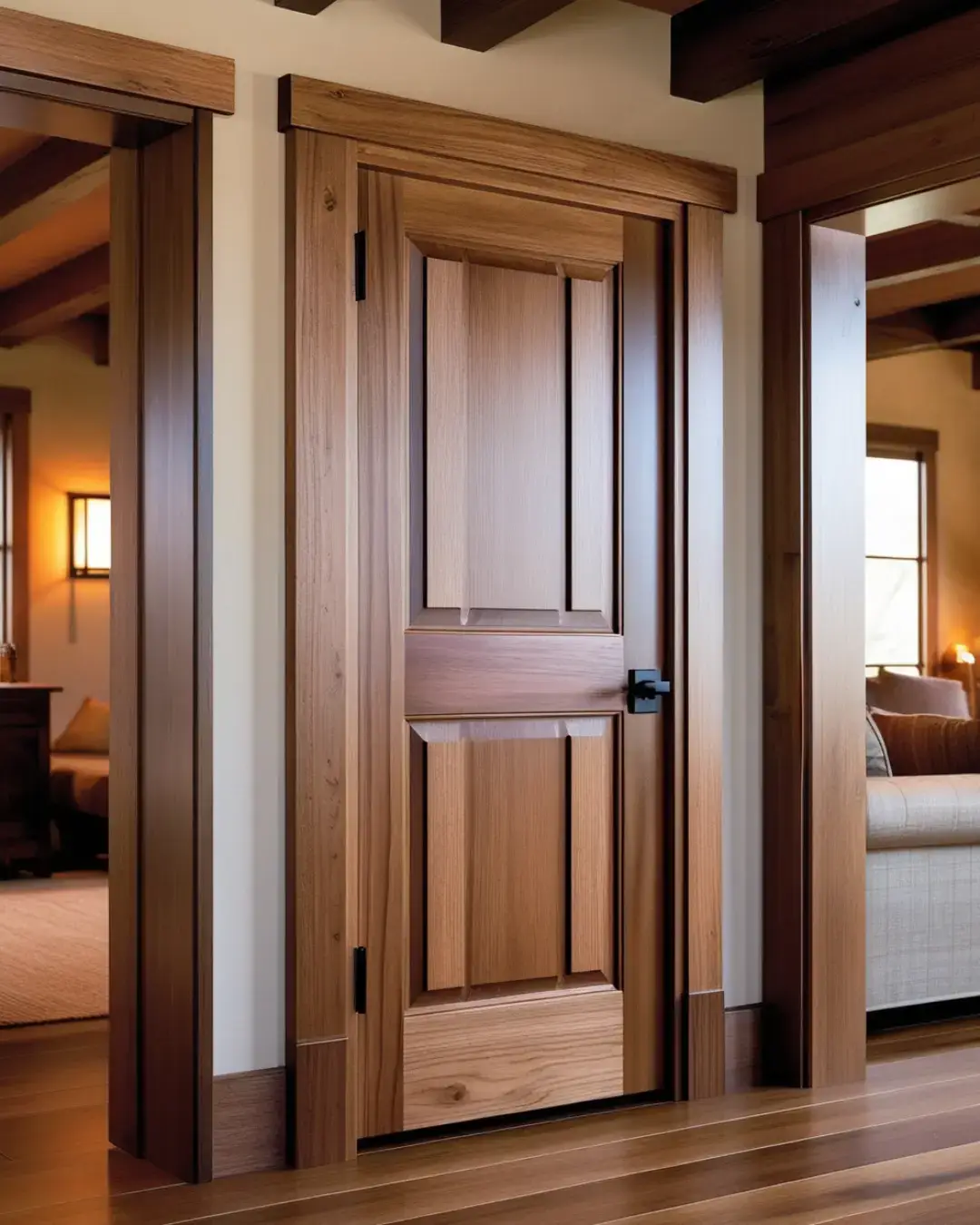
Thick, sturdy wood with square edges gives a cozy, handmade feel. Great for cabins or artsy homes. It says, “I’m simple but special!”
7. Traditional wood door casing

Traditional wood door casing is the classic “nice neighbor” of trim styles – always appropriate and never goes out of fashion.
Made from quality woods like oak, maple, or pine, it features gentle curves, understated details, and warm stained or painted finishes. This is the go-to choice for most homes because it looks clean but welcoming, like your favorite pair of well-worn leather shoes.
You’ll see this dependable style everywhere from suburban houses to cozy apartments – it’s the vanilla ice cream of door trim (and who doesn’t like vanilla?).
8. Minimal style door casing
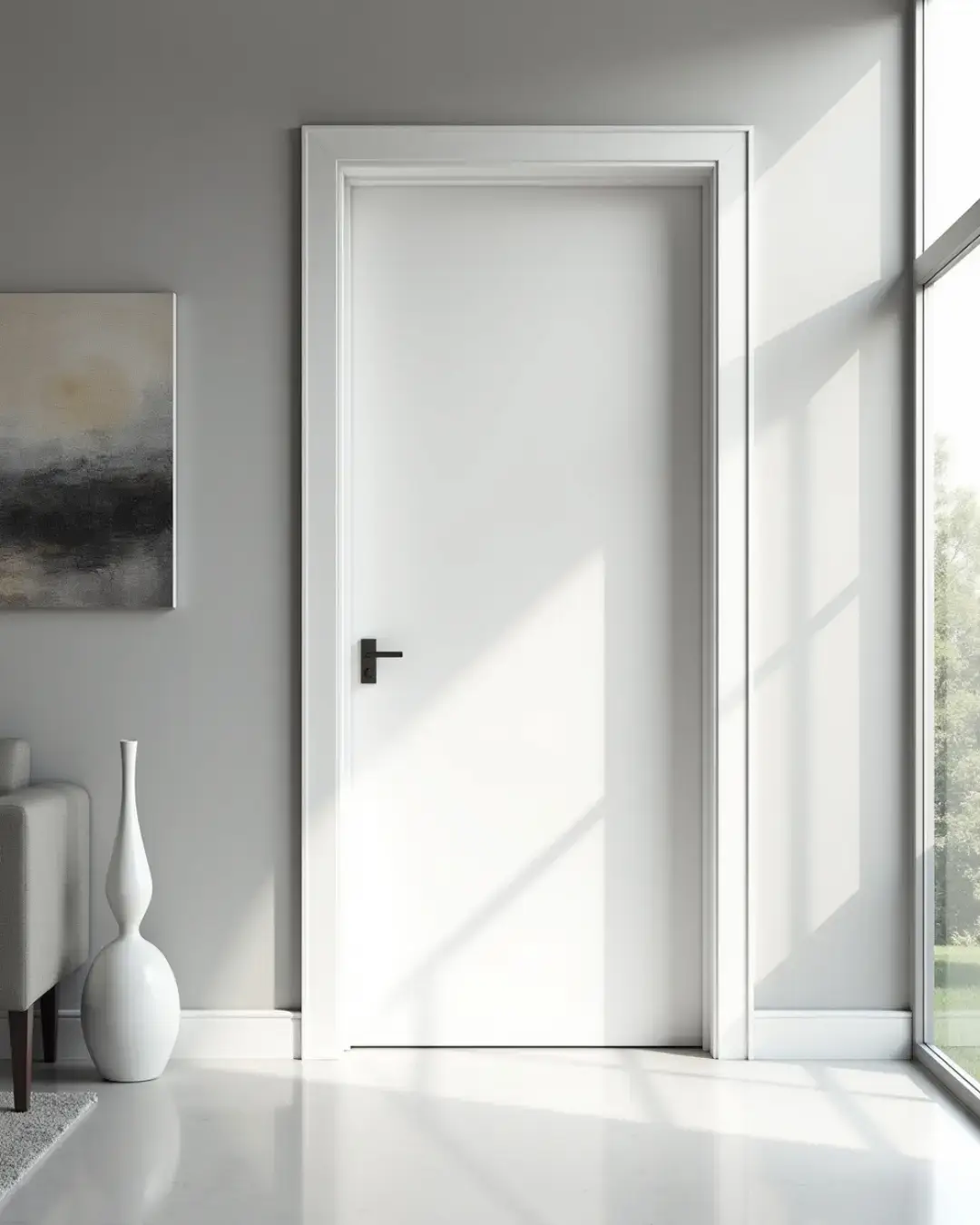
Minimal door casing is all about “less is more” – think clean lines, ultra-slim profiles, and a no-fuss attitude.
Made from smooth materials like MDF, metal, or painted wood, this style disappears into your walls while creating crisp, architectural edges.
It’s perfect for modern homes where clutter isn’t welcome and every detail has to earn its keep. Imagine a yoga instructor’s approach to trim – calm, precise, and totally zen.
9. Ranch Casing
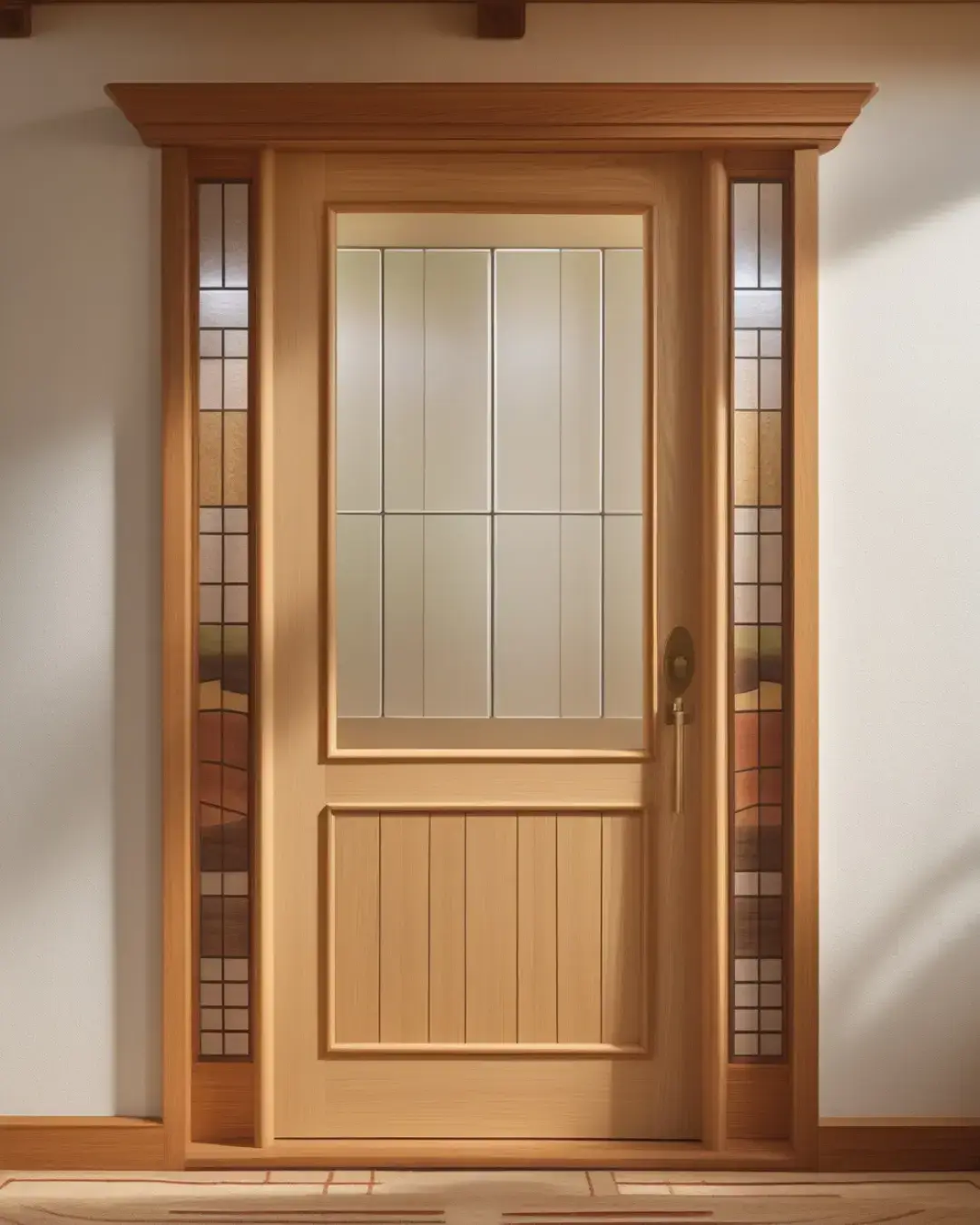
Plain, no-nonsense trim that’s wide and smooth. Fits mid-century homes where everything is practical but still stylish. No fuss, just works!
10. Picture-Frame Casing
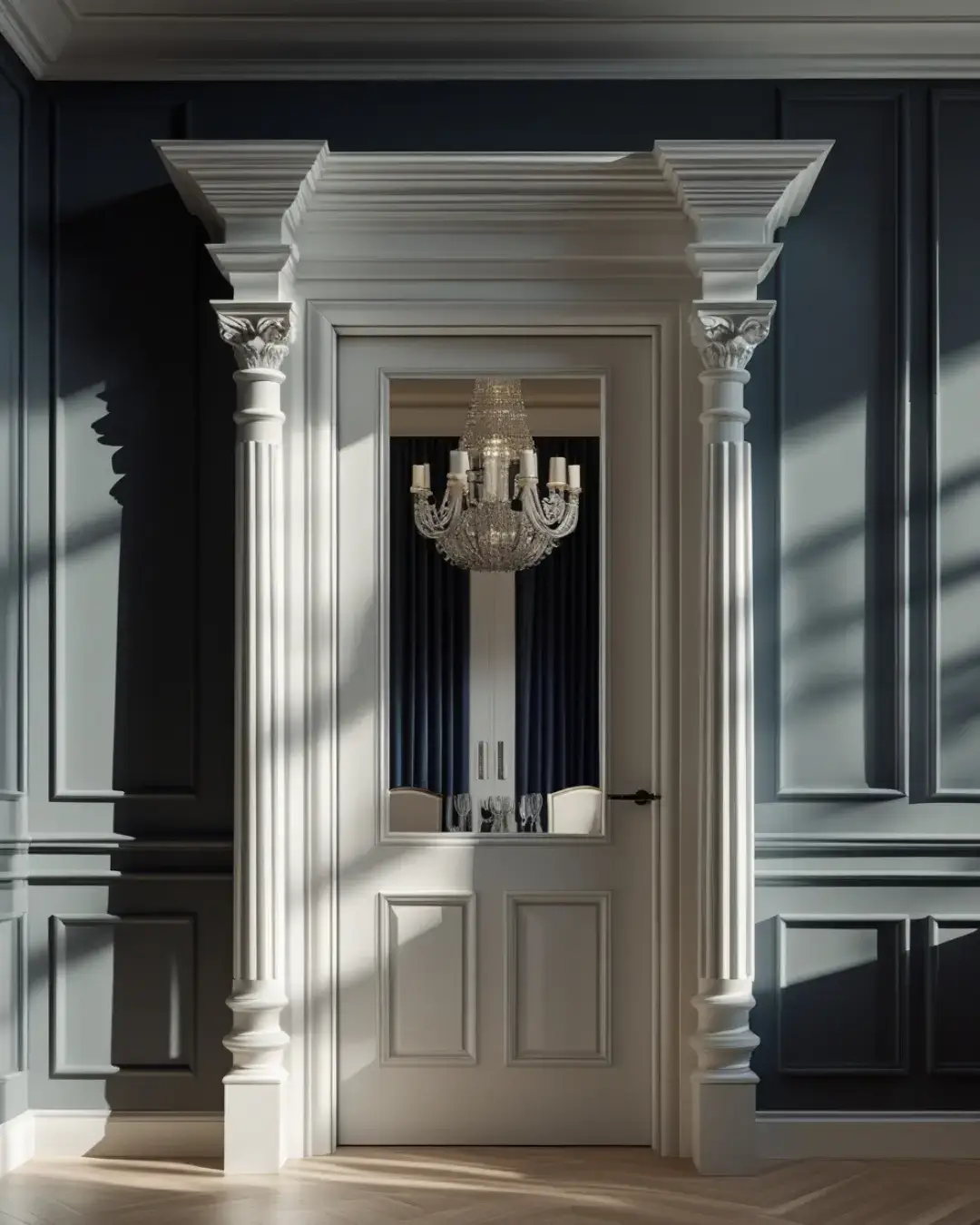
Makes your door look like a museum exhibit. Best for dining rooms where you serve wine you can’t pronounce.
What to consider when choosing the best door casing?
The style and feel of your home can be significantly impacted by your choice of door casing. When choosing the appropriate door casing for your space, take into account the following factors: A minimal style door casing’s sleek and simple shape makes it the ideal approach to give any space a tidy and unified appearance.
- Match Your Home’s Vibe – Don’t put a tuxedo (Victorian trim) on a surf shack. If your house is a cozy farmhouse, go farmhouse. If it’s sleek and modern, keep it simple.
- Budget Check – Fancy carvings cost more. If your wallet’s crying, maybe skip the “royal palace” trim and stick with classic colonial.
- DIY Skills – Some casings are easy to install (looking at you, flat modern trim). Others need a pro. Be honest—are you actually handy, or just YouTube-handy?
- Door Drama – Big, bold casings (like picture frames) steal attention. If your door’s basic, let the trim shine. If your door’s already fancy, keep the trim chill.
- Future-Proof It – Trends change (remember avocado kitchens?). Pick something you won’t hate in 5 years. Pro tip: Neutral = safe. Gold zigzags = risky.
- Measure Twice – Nothing’s sadder than trim that doesn’t fit. Unless you enjoy extra trips to Home Depot.
Your door casing is like a frame for a photo—it should make the door look good, not yell “LOOK AT ME!” (Unless you want it to. No judgment.) 😉
How to install door casing for beginners?
So you wanna fancy-up your door? Good news—it’s easier than assembling IKEA furniture (and way less Swedish). Here’s how to nail it (literally):
Step 1: Gather Your Stuff
You’ll need:
- Casing (duh)
- A saw (miter saw = magic, hand saw = workout)
- Nail gun (or hammer + nails if you love blisters)
- Measuring tape (because eyeballing it = oops)
- Level (unless “wonky” is your aesthetic)
Step 2: Measure Like a Pro
- Measure the height of your door (both sides—houses aren’t always square, surprise!).
- Add a little extra (1/4 inch) so your casing doesn’t look like high waters.
Step 3: Cut the Angles
- Top piece: Cut 45-degree angles at both ends (like a pizza slice, but less delicious).
- Side pieces: Cut 45s at the top (to meet the top piece) and straight at the bottom (like a mullet: party up top, business down low).
Step 4: Nail It Up
- Start with the top piece—hold it level (use your level, hero).
- Nail it in (aim for the wall studs, not your thumb).
- Add the side pieces, snug against the top.
Step 5: Fill & Paint
- Fill nail holes with wood filler (aka “oops concealer”).
- Sand, paint, and brag to friends: “I’m basically a carpenter now.”
Pro Tip: If it’s crooked, just call it “rustic charm.” 😉
You did it! Now go admire your door like it’s the Mona Lisa. 🚪🎨
What is the difference between a door frame and a casing?
Door Frame vs. Casing: The “Underwear vs. Outfit” of Doors
Think of your door like a superhero:
- The Frame is its invisible skeleton—the heavy-duty wood or metal inside the wall that holds the door up. (It’s the Batman utility belt nobody sees.)
- The Casing is its fancy cape—the pretty trim you do see, hiding the messy gap between the wall and frame. (This is where you get to show off your style—no pressure.)
Key Differences:
- Job:
- Frame: Keeps the door from falling on your head (very important).
- Casing: Makes your door look less like a construction zone.
- Visibility:
- Frame: Buried in the wall like a secret agent.
- Casing: Front and center, like a reality TV star.
- DIY Drama:
- Messing up the frame = “Why is my door crooked?!”
- Messing up the casing = “Oops, just add more caulk.”
Pro Tip: If your casing looks bad, blame the frame. If the frame’s bad… call a pro. 😅
TL;DR: Frame = bones, Casing = makeup. One keeps you alive, the other makes you fabulous.
Conclusion:
Picking door casing is like choosing your door’s outfit—it sets the whole vibe! Whether you go sleek modern (minimalist chic), chunky farmhouse (rustic cozy), or over-the-top Victorian (fancy-pants drama), the right trim can make your door look like it belongs in a magazine… or at least on your wall.
Remember:
- Classic (Colonial, Craftsman) = Timeless, like jeans & a white tee.
- Modern = Clean & cool, like a stainless-steel fridge.
- Rustic/Farmhouse = Comfy & lived-in, like your favorite flannel.
- Ornate (Victorian, Picture-Frame) = Extra, like sequins at brunch.
Final Thought: Your door casing is the handshake of your home—make it firm (not sweaty). Now go frame those doors like the art they are! 🎨🚪
FAQs about the door casing
There are a lot of questions that come to mind while choosing styles of door casing. Some of the commonly asked questions are answered below.
q1. Why is Door Casing Important?
Ans. Door casing hides gaps, protects walls, and adds style—turning a basic door into a polished focal point. No casing = unfinished and awkward, like a suit without a tie! 🚪🔨
q2. Can you repair the door casing?
Ans. Yes, you can repair the door casing! Just like putting a band-aid on a boo-boo, a little wood filler and paint can work wonders.
q3. What are the standards for door casing?
Ans. Rules for door casing? Who thought something as straightforward as trimming was subject to rules? However, there are standards for height, breadth, and depth that can be followed to make sure your door casing is well-balanced and attractive.
q4. How do you clean door frames?
Ans. To clean door frames, start by dusting with a dry microfiber cloth. Then, wipe them down with a damp cloth and mild soapy water for stuck-on grime. For stubborn stains, use a magic eraser (gently!). Dry with a clean towel to prevent water marks. Bonus: A quick swipe with furniture polish keeps wood frames shiny! 🧼🚪 (Skip the bleach unless you want “tie-dye” trim.).
Tell Us In The Comments, As Per You, which Are The Best style of door casing
Additionally, don’t forget to read the other post on house making ideas, which will provide you with an insightful and helpful perspective.
